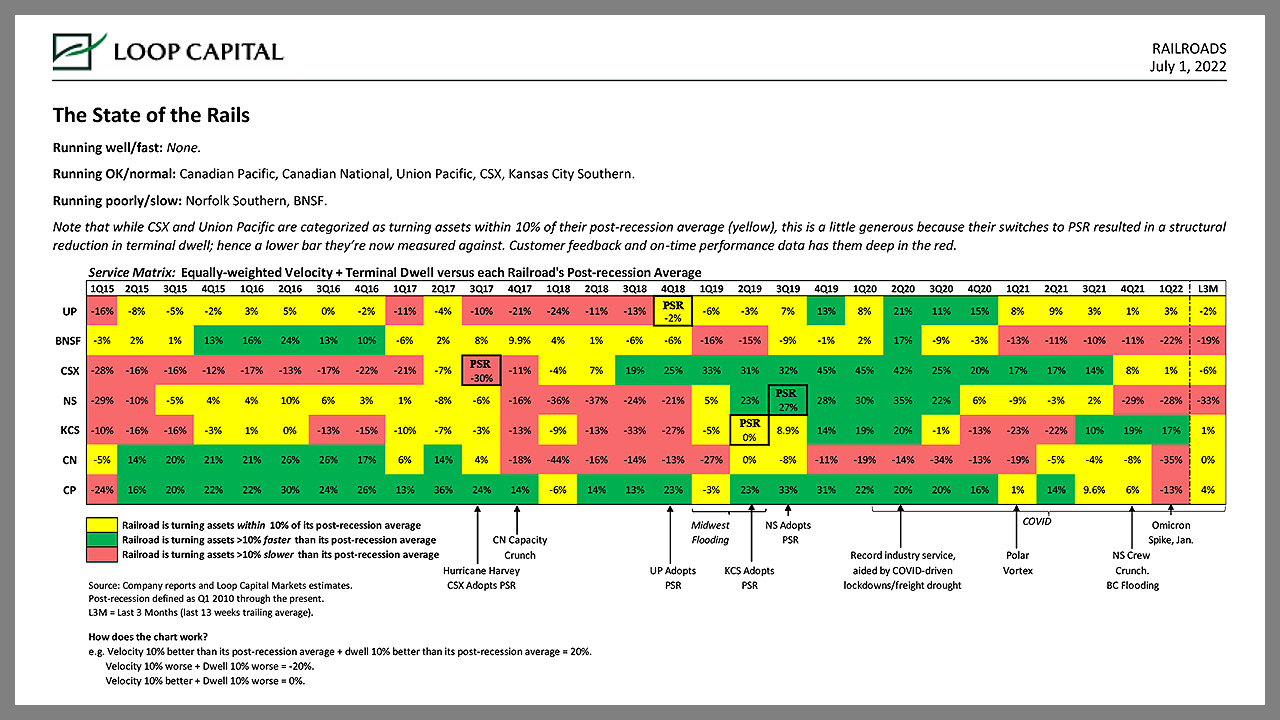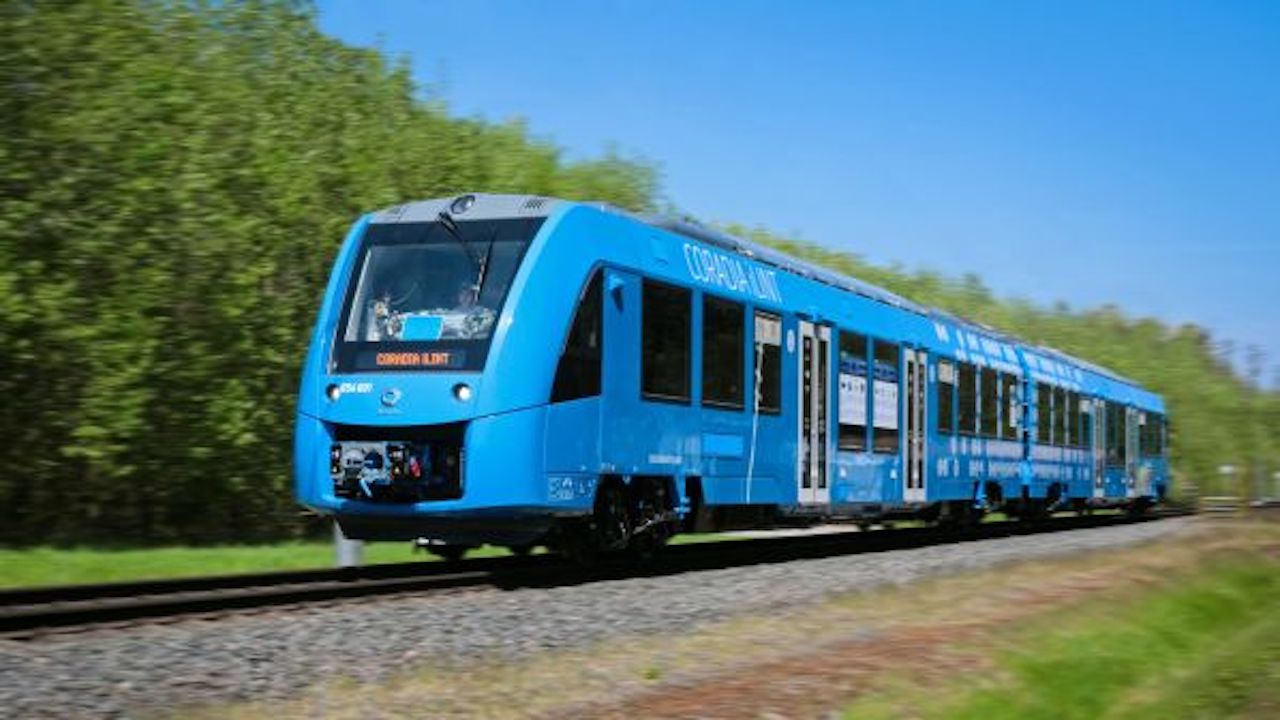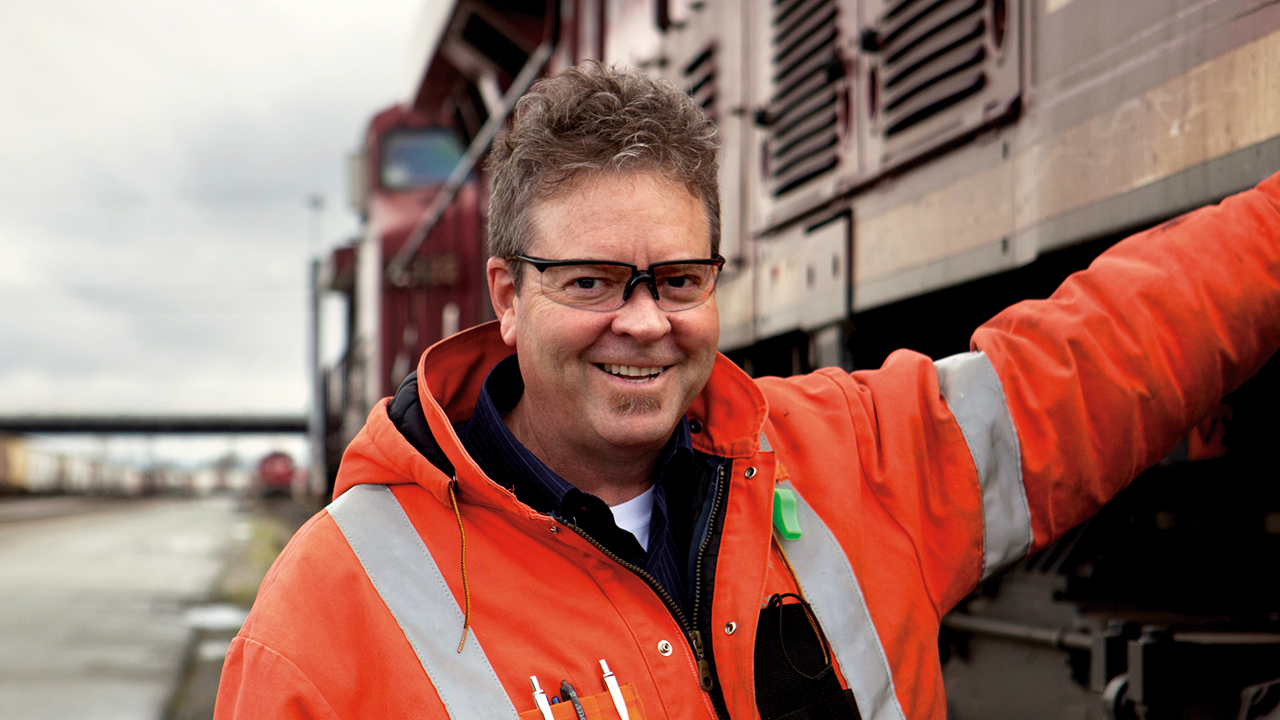Opinion: Another Volkswagen CEO bites the dust
Herbert Diess is stepping down as CEO of VW after just four years. The reason? Bad communications skills apparently. But his problems while helming the German giant went much deeper, argues DW's Henrik Böhme.

VW has cycled through its CEOs in recent years
Leading Europe's largest carmaker, Volkswagen, means being in the hot seat. The announcement that current CEO Herbert Diess will be stepping down after only four years is just the latest proof of that.
Diess took over the position in 2018 from Matthias Müller. The latter had himself taken on the job from Martin Winterkorn in 2015 after the Dieselgate scandal broke. Today, the 75-year-old Winterkorn continues to fight with all legal means to keep from going to court.
Then again, Diess' departure is not all that surprising. His position has seemed uncertain for some time now. The 63-year-old Austrian had previously managed to unite all the major players in this game — the Porsche and Piëch families — behind him, thereby securing his power at Volkswagen fro some time.

Herbert Diess will be stepping down as VW CEO at the start of September 2022
From one misstep to another
But things were already looking shaky for him around three years ago, when Diess was trying to get company management to back tough financial targets. Doing this, he used the sentence, "Ebit macht frei," or "Ebit makes you free" — a combination of a business acronym for earnings before income tax, and the notorious Nazi phrase "Arbeit macht frei," or "work sets you free." The Nazi slogan was written above the gates of numerous concentration camps. Clearly, this was totally inappropriate for the CEO of a major global company. Diess called it a "slip of the tongue."
Or, the same year, when he was asked about the human rights situation in the Chinese province of Xinjiang, where VW has a plant and where there were rumors of forced labor using Uighur people, he said he knew nothing about the so-called reeducation centers that are really internment camps.
Then there was also the unpleasant way he dealt with the workforce at the main plant in Wolfsburg, where he, possibly with the best of intentions, repeatedly highlighted the successes of pioneering electric car company Tesla — only to then raise the possibility of some 30,000 job cuts.

Rivals and buddies: VW's Herbert Diess (left) and Tesla's Elon Musk
Volkswagen is a special kind of company. In terms of ownership structure, the German state of Lower Saxony is the largest stakeholder, sits on the board of directors and has right of veto. Then there's the powerful German metalworkers' union IG Metall, which often plays the role of opponent. And finally there's the even more powerful Porsche and Piëch founding family members, all breathing down the necks of every VW executive.
The holding company in Salzburg is where the strings really get pulled. Just think back to early 2015 and the statement from former VW patriarch Ferdinand Piëch, about keeping his distance from Winterkorn. That caused a veritable earthquake at VW, a whole half a year before the Dieselgate scandal came to light.
So what caused Herbert Diess to fail?
Obviously, Diess' miserable communications skills played a role. Yes, he is undeniably a consummate professional in the car industry. That's precisely why VW's most powerful pried him away from BMW and lured him to Wolfsburg. And credit must be given where credit is due. In the aftermath of the Dieselgate scandal, he set Volkswagen firmly on the path toward electromobility, overseeing the transformation, shifting whole factories from combustion engines to electric cars, and also arranging for the huge billion-dollar investments VW needed in order to do this.
Diess didn't shy away from telling workers that significantly fewer personnel would be needed either, telling them it took Tesla 10 hours to build a car whereas it takes VW 30 hours. That didn't go down well. It seems Diess' soft touch is mainly reserved for the steering wheel of his car.
New CEO, same old software problem
Now it's up to the head of one of VW's other brands, Porsche, to put things in order. Though Oliver Blume, who is succeeding Diess, is nine years younger than his predecessor, he has the same automotive industry genes. He'll be CEO of VW and also continue to head up the sports car brand, Porsche. That's if things go well. Blume will first have to prove that he can do at least one thing better than Diess: communicate.
But — and this is likely to be the real challenge — Blume will also need to get a grip on VW's software needs.
Among Diess' failures was his inability to develop a proprietary software system at the German carmaker. Tens of thousands of IT workers are trying to develop a VW operating system that can be installed in all the company's car brands. Tesla already has this, Google and Apple do too.
In fact, this is one of the greatest fears of established car companies like VW. That, in the end, they will only build the things that wrap around the software, and the IT will actually be what makes the difference and the money. This would mean that whoever provides the software gets all the driver data, along with the cash that comes with it.
And that would be the end of an era for classic car manufacturers. This is really what Diess failed at — and there is no guarantee that his successor will do any better.
This article was translated from the German.
















